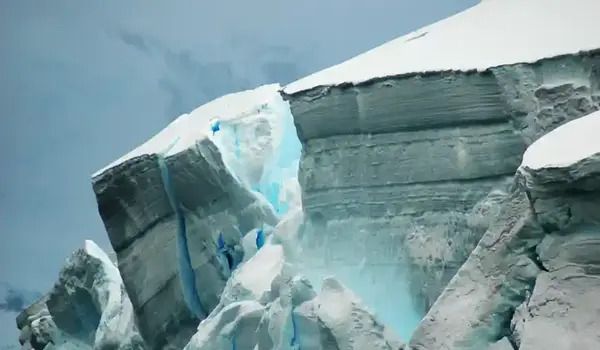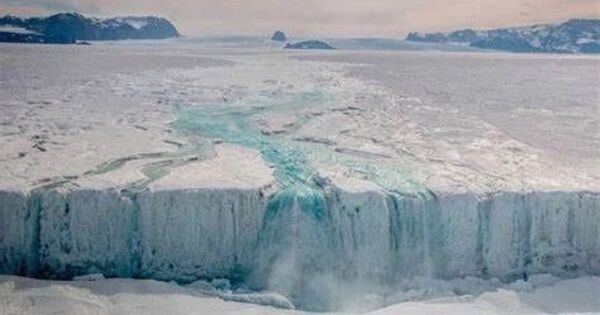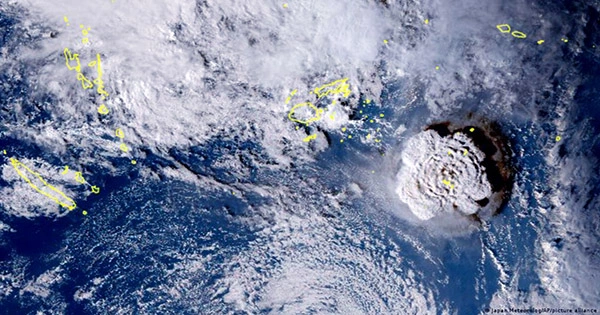Meandering ocean currents contribute significantly to the melting of Antarctic ice shelves, posing a considerable risk of sea level rise.
A new study published in Nature Communications found that the interaction of meandering ocean currents and the ocean floor causes upwelling velocity, which transports warm water to shallower depths. This mechanism has a significant role in the melting of ice shelves in the Amundsen Sea in West Antarctica. These ice shelves are increasingly unstable, contributing to rising sea levels.
An international team of researchers from the Korea Polar Research Institute, Hokkaido University, and Seoul National University, led by Taewook Park and Yoshihiro Nakayama, used advanced ocean modeling tools to study the underlying causes of rapid ice shelf melting. In contrast to previous notions that ice shelf melting was predominantly caused by winds over the Southern Ocean, this study emphasizes the importance of interactions between meandering ocean currents and the ocean floor in driving the melting process.
Our study underscores that the interplay between meandering ocean currents and the ocean floor generates upwelling velocity, bringing warm water to shallower depths. Subsequently, this warm water reaches the ice-ocean interface, accelerating ice shelf melting.
Yoshihiro Nakayama
The Pine Island and Thwaites ice shelves are among the fastest-changing in Antarctica and are of particular interest due to their vulnerability to warming ocean waters. They act as massive barriers restraining the glaciers behind them from flowing into the ocean. However, their rapid melting and potential collapse pose a significant threat to coastal communities worldwide because of the resulting rise in global sea levels.
The study focused on the role of a layer of warm water beneath the frigid surface waters, known as the ‘modified Circumpolar Deep Water,’ in melting these ice shelves from below. “The intensity and trajectory of ocean currents encircling the ice shelves directly govern the influx of warm water, thereby intricately shaping their rate of melting” explains Taewook. This shows the importance of the ocean in understanding and addressing the impacts of climate change.

The researchers studied the ‘thermocline depth’, which is the distance between warmer deep waters and cooler surface waters. Variations in thermocline depth have a substantial impact on the flow of warm water toward the ice shelf. Until now, it was thought that stronger westerly winds north of the Amundsen Sea forced ocean currents along the shelf break, transporting warmer water into ice shelf cavities. This behavior is especially visible during El Niño episodes.
“Our findings challenge conventional wisdom,” Nakayama asserts. “Our study underscores that the interplay between meandering ocean currents and the ocean floor generates upwelling velocity, bringing warm water to shallower depths. Subsequently, this warm water reaches the ice-ocean interface, accelerating ice shelf melting.” Nakayama concludes, “This internal oceanic process driving ice shelf melting introduces a novel concept. With this in mind, we have to reevaluate winds driving Antarctic ice loss, which can significantly impact future projections.”
















